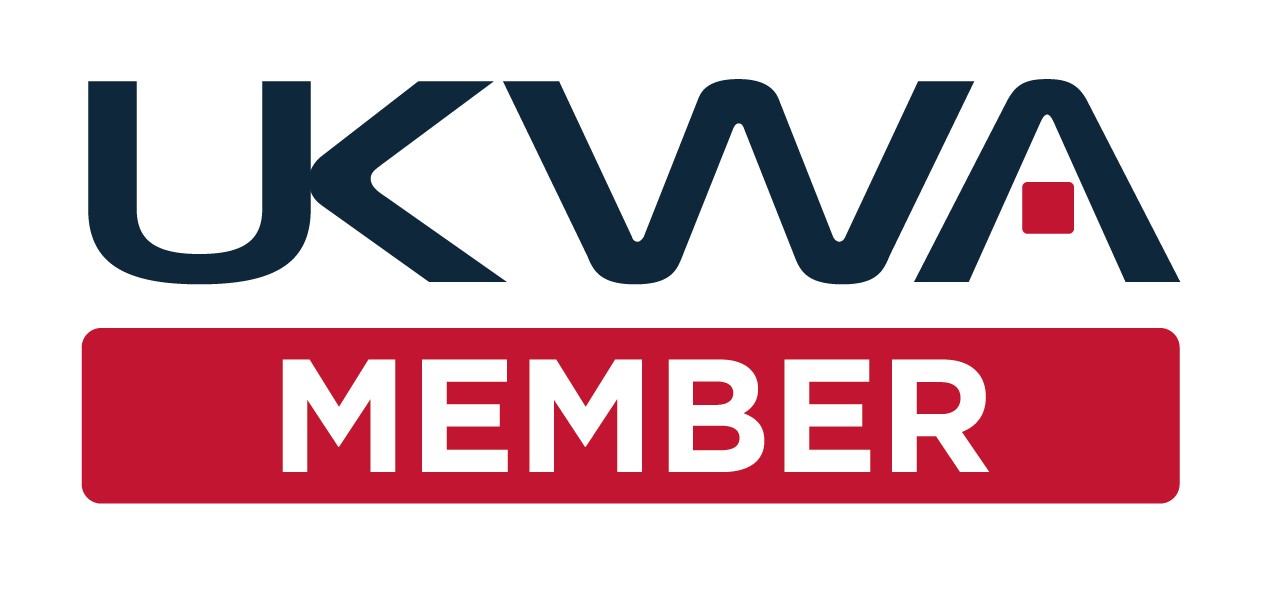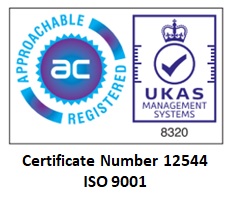- Home /
- Wholefoods /
FOOD DISTRIBUTION: NATURAL PRODUCTS & HEALTHCARE
How We Helped Wholefoods
WFCSBusiness Intelligence Systems
Business Intelligence Systems
A Business Intelligence Systems is a software application that supports the day-to-day operations in a warehouse. WMS programs enable centralized management of tasks such as tracking inventory levels and stock locations. Warehouse Management Systems may be standalone applications or part of an Enterprise Resource Planning (ERP) system.
Early warehouse management systems could only provide simple storage location functionality. Current WMS applications can be so complex and data intensive that they require a dedicated staff to run them. High-end systems may include tracking and routing technologies such as Radio Frequency Identification (RFID) and voice recognition.
No matter how simple or complex the application is, the goal of a warehouse management system remains the same — to provide management with the information it needs to efficiently control the movement of materials within a warehouse.
The purpose of business Intelligence (BI) solutions is pretty much the same as the purpose of “military intelligence”: to give commanders at every stage of a campaign a good view of the battlefield and the pros and cons of their options. In the business context, this means telling the business on an ongoing basis the state of the business (production, sales, profits, losses) and the factors that affect success (success of a sales campaign, customer satisfaction, manufacturing efficiency, planning and budgeting).
The best way to understand how today’s business intelligence solutions do this is to see how they have evolved. At the start, in the late 1980s, most businesses did run-the-business order entry, manufacturing resource planning (MRP) and accounting via in-house solutions that ran 9-to-5 or in “batch mode” at the end of the day and on weekends. To these were added, in the early 1990s, enterprise resource planning (ERP) applications that combined MRP, accounting, planning/budgeting and related (e.g., salesforce automation, or SFA) apps, and a data warehouse (or equivalent data marts) that ensured stable, companywide data that formed the basis of companywide reporting
We'll assume you're OK with this, but you can opt-out if you wish.Accept Reject Read More






